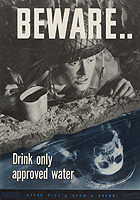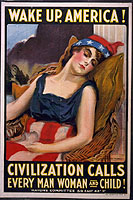Artistamps are part of a larger art form called mailart. It’s been popular in different eras, most recently in the 1970s, then in the 1990s, and now – in the 21st century – it’s growing in popularity again.
WHAT IS MAILART?
Mailart (also called “mail art”) is art sent through the mail, and it’s visible on the outside of the postcard, envelope, or (less often) the package. That is, the visible part of what goes through the mail IS the art. There may or may not be art – or anything – inside.
The visible art – seen by those who handle the art (from sender to post office staff to recipient)- may be decorated with many things, including…
- Artistamps
- Artwork (hand-drawn or painted)
- Collage art elements
- Rubber stamps (hand-carved or commercial, used creatively)
Sometimes, the art is mass-produced, albeit on a small scale. That is, it’s printed in limited numbers and applied (or turned into) the postcard, envelope, or package.
In some cases, each piece of mailart is signed and numbered. (For example, “5/25” would mean the individual piece is #5 of a total of 25 created and mailed.)
Here are six of my mailart postcards, sent in 2023. Each recipient received a handcrafted postcard decorated with a one-of-a-kind torn paper collage on it.
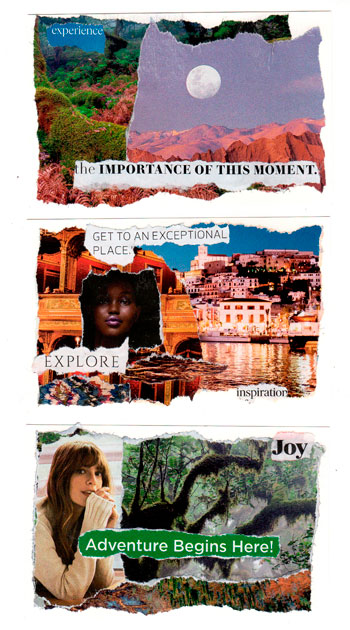

WHAT ARE ARTISTAMPS?
Artistamps are art, in the form of a postage-type stamp. They’re also called faux postage, among other names that mean “fake postal stamps with art on them.” (Other terms for these faux stamps include postoids and cinderellas.)
Here’s one of my favorite artistamps. I created it using a photo from one of my visits to Avebury, England, where – unlike Stonehenge – you can actually touch the standing stones.
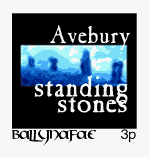
Some artists create a complete history, geography, and set of personalities related to their fantasy countries. They consider it part of the art.
And some mix fact and whimsy, as I did in my Kilmallock series, issued under my Ballynafae mailing authority.
This group of six stamps celebrates a real location – Kilmallock, Co. Limerick – using vintage photos from the mid-1990s… but I pretended that these were official stamps from Ballynafae.
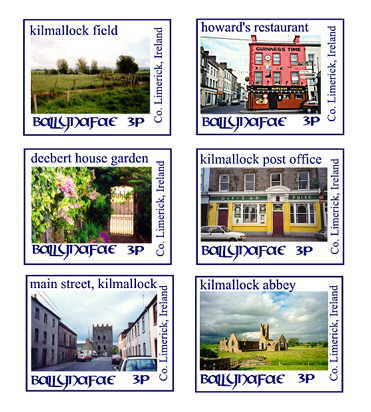
The “Tapestry” stamps are from photos I took in 2001 at the final performance of Walt Disney World’s “Tapestry” parade at EPCOT. (See video link at the foot of this post. Also, the lower “Walt Disney World 2001” stamp features family friend Jeremy Pace, when he was part of the parade’s finale.)

And finally, here are some artistamps you can download, print, and enjoy: 2006 Anniversary Artistamps.
Here’s what a single set of the stamps looks like:
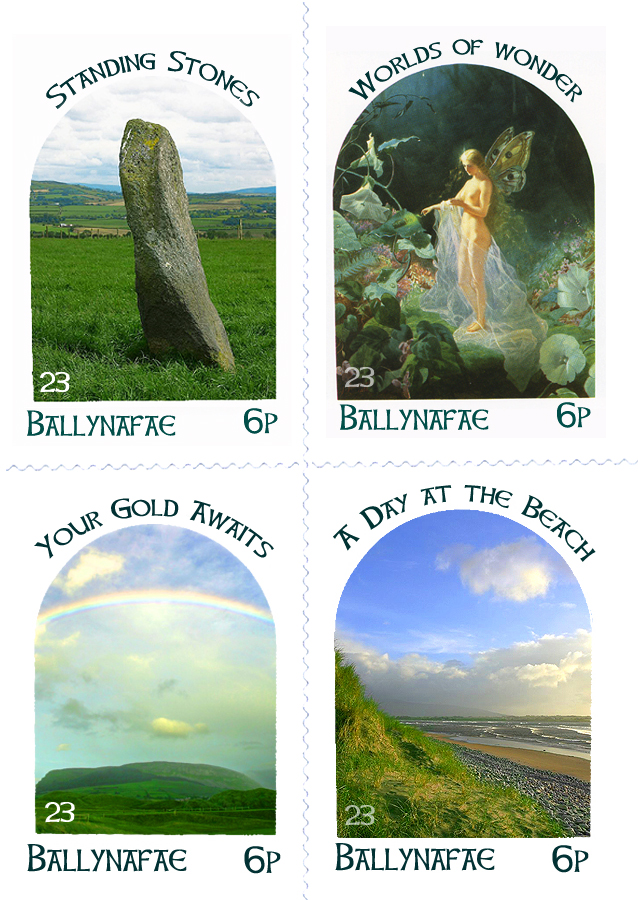
![]()
![]()
A little more info about artistamps…
Starting in the late 1990s, I was a member of the Electronic Collaboration Project (ECP), creating several artistamp series. And, in the Artists’ Mailing List (AML) group my issuing authority was AML-23.
John Held, Jr. has compiled a book, Small Scale Subversion: Mail Art & Artistamps. (I have no idea if my own artstamps, etc., are in it, but that book has earned good reviews.)
![]()
Here’s one of many videos showing WDW’s Tapestry parade. (The quality isn’t great… but neither were video cameras in that era.) Also, while the puppets put heavy strain on the backs and knees of those carrying them, I believe this was easily one of Disney World’s best parades, ever.

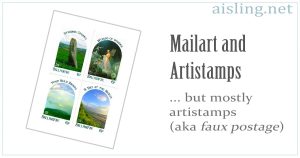
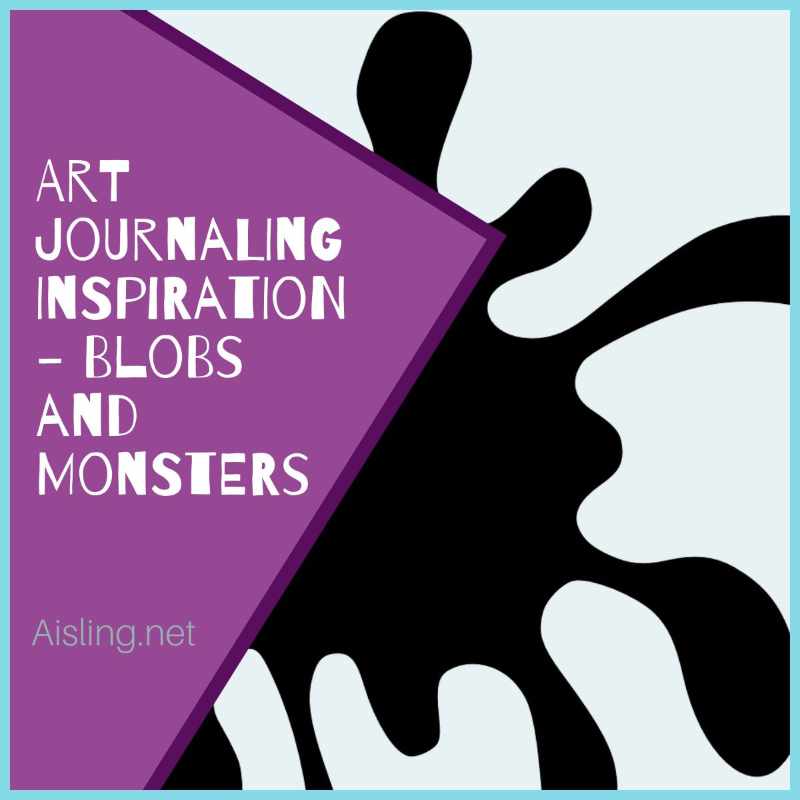
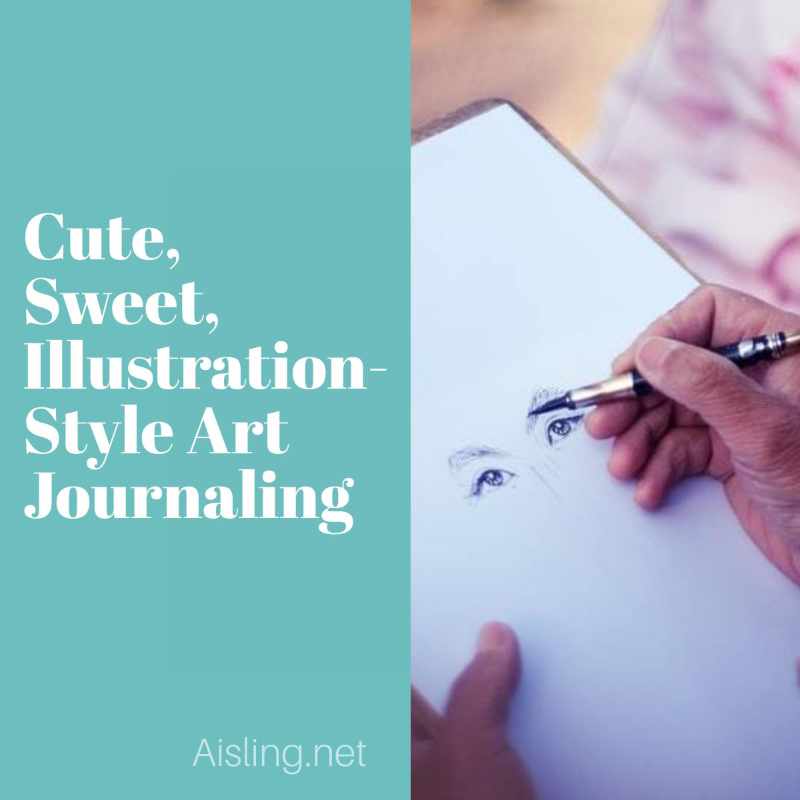
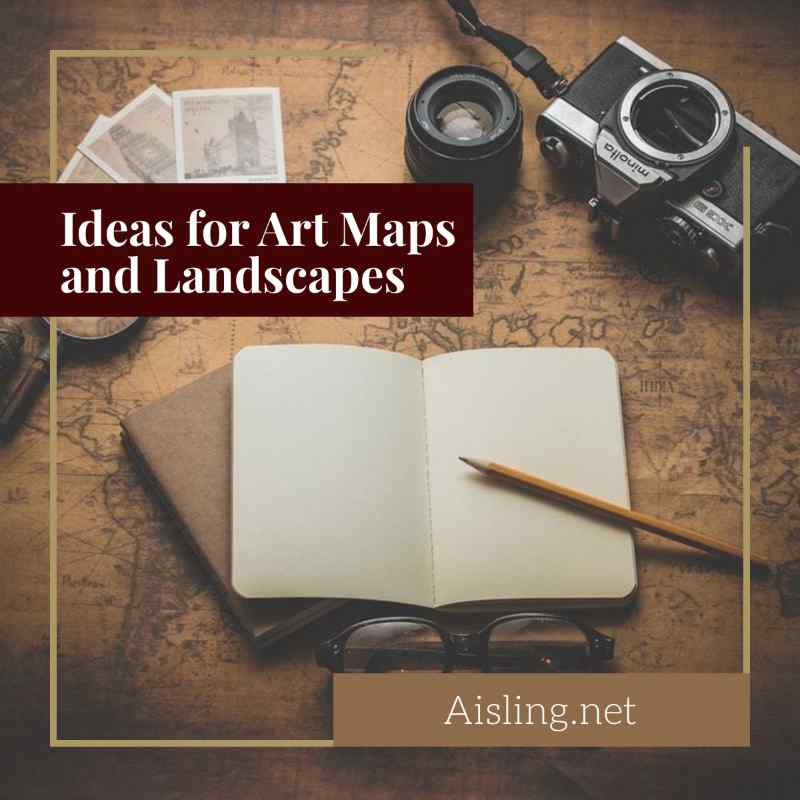
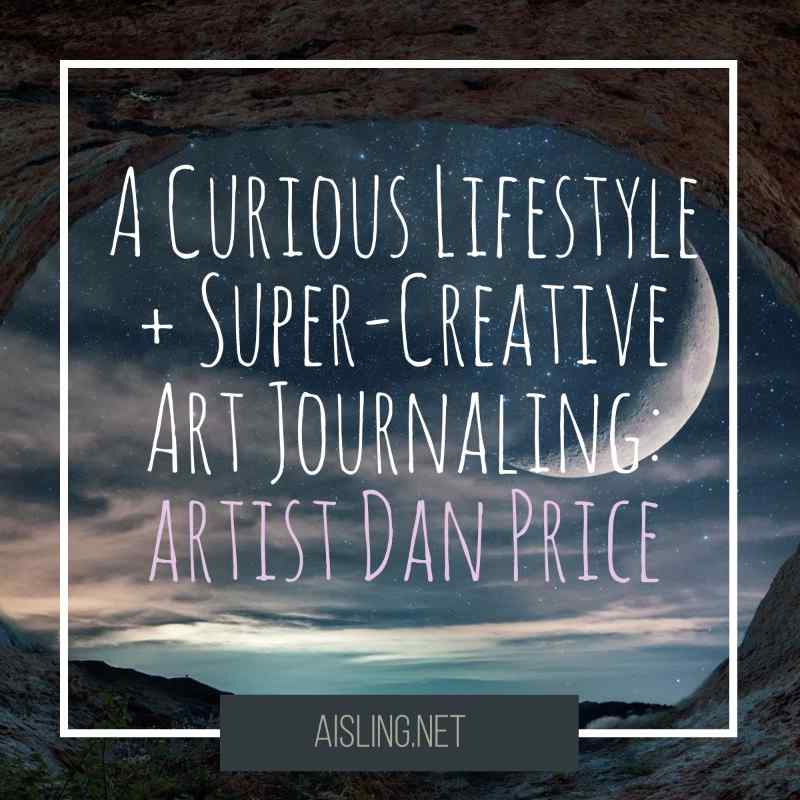

 Stage fright has been part of my life for as long as I can remember.
Stage fright has been part of my life for as long as I can remember.
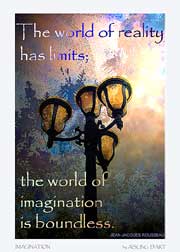
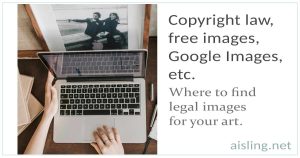
 Well, my recents posts on the topic of copyright — especially related to Flickr and Google Images — seem to have opened a can of worms. (Hence the gummy worms image, at left.)
Well, my recents posts on the topic of copyright — especially related to Flickr and Google Images — seem to have opened a can of worms. (Hence the gummy worms image, at left.) Here’s one of the clearest explanations of what’s what at Flickr:
Here’s one of the clearest explanations of what’s what at Flickr:  A copyright thread at Digitalpoint
A copyright thread at Digitalpoint 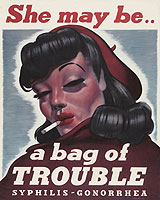
 Check out the sweet girl in the poster on the left. (Click on the image for the full, print-quality image at the NLM.)
Check out the sweet girl in the poster on the left. (Click on the image for the full, print-quality image at the NLM.)